What was your first train set (or locomotive)?
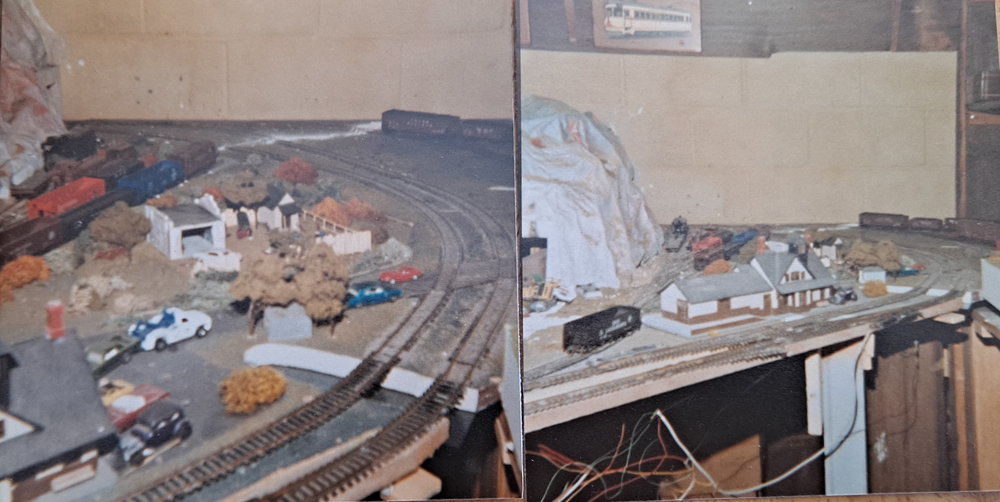
My dad was a Lionel guy, so at some point in my youth, I got one of those plastic 2-4-2s with a sloped-back tender to run with his trains. When I was a little older, and had been pointing out the discrepancy between the number of rails on Lionel track and the tracks that ran through grandma’s town, Santa brought me a Tyco HO scale set with a pair of F7s. I think I might still have the red 50-foot Santa Fe plug-door boxcar somewhere. The powered F7 and its dummy were lost to the mists of time.
Describe your model railroading philosophy in 6 words.
Find your own “good enough.”
What has been your biggest modeling success?
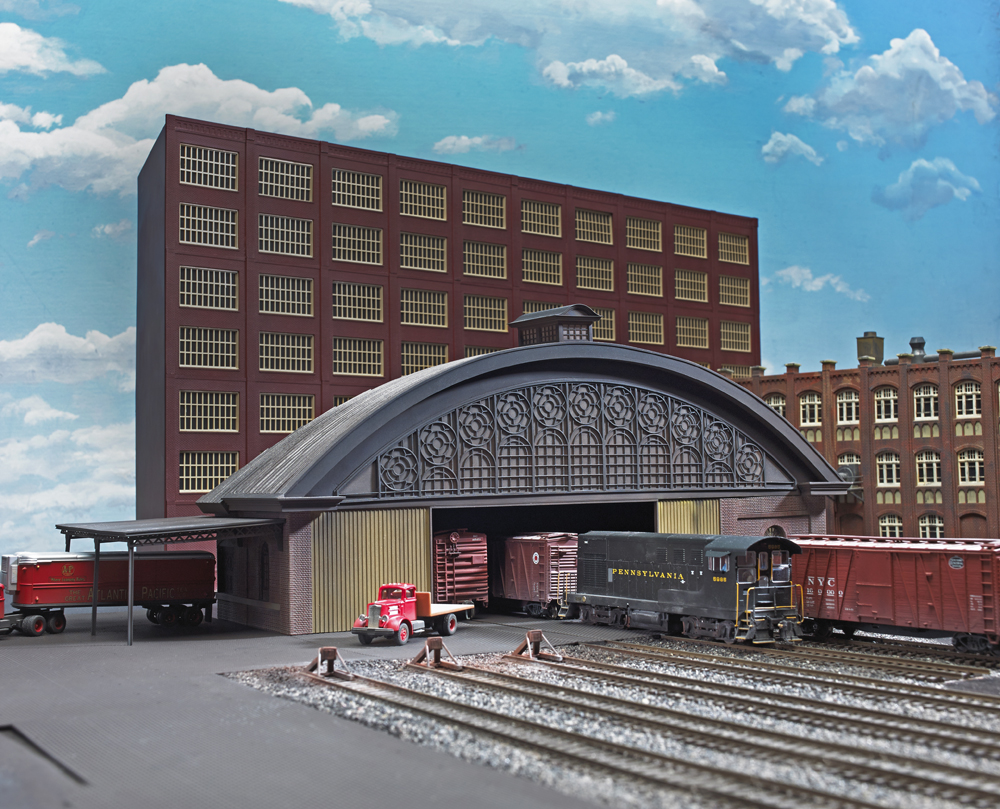
I hope that’s still in my future, but I still like the Washington Avenue train shed building flat I built with the 3-D printed arched window.
What was your biggest modeling mistake?
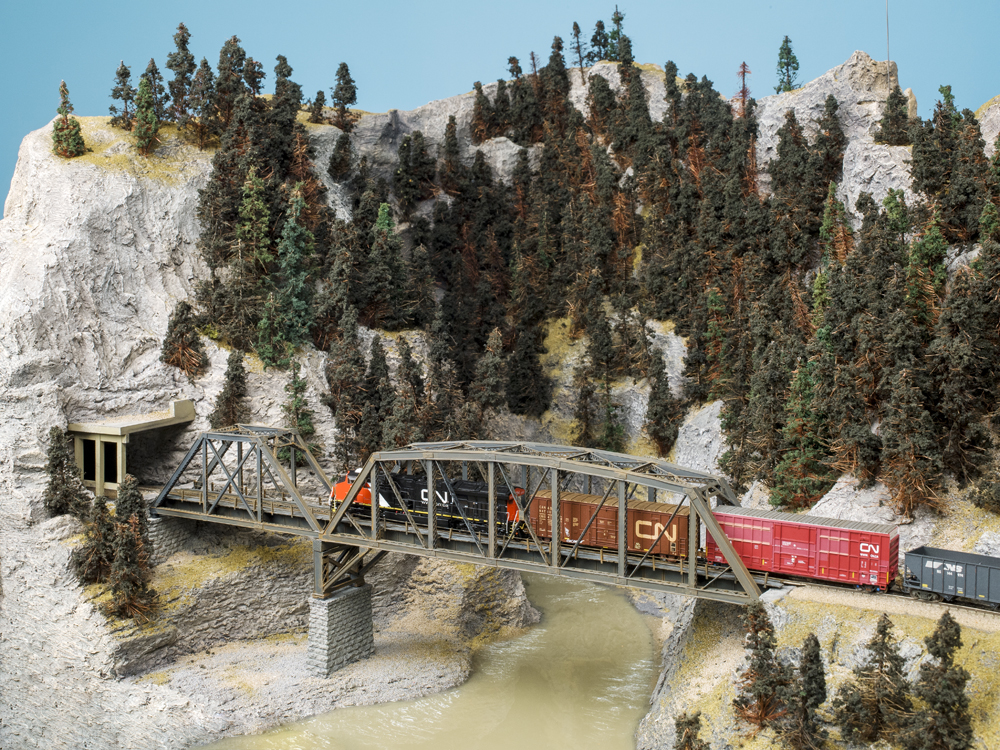
Did you know there are high-cube containers? I didn’t when I built the through truss bridge for our Canadian Canyons project layout. I had a well car and a pair of stacked containers, and built the bridge portals just high enough to clear the standard-height containers. When Drew Halverson brought some of his high-cube containers for a test run after the bridge was installed, I had to do some careful filing to get at least a stack of standard height plus high-cube containers to fit.
What’s your least favorite modeling task?
Cleaning my airbrush. I don’t want it to get clogged, so I tear down my Pasche Model H after every use (I’ll just flush it during a session using the same brand of paint, but I don’t want funky mixtures to turn to gel inside), and this in turn has kept me shy about using a new double-action airbrush.
What project(s) have you been working on recently?
A local modeler, John Lehnan, is rebuilding his Chicago & North Western Manitowoc-to-Green Bay layout, and I’ve become the bridge supervisor. Right now, I have a 4-foot-long model of the Manitowoc High Bridge on my workbench, then when that’s complete, I’ll go back to the swing bridge in Green Bay over the Fox River. The swing portion is being built from a Diamond Scale turntable truss kit.
What advice would you give to a new hobbyist?
First, have fun. The whole point of a hobby is to get enjoyment from it. Second, recognize everyone was a beginner once. There are lots of skills to learn in this hobby. Give yourself slack to learn and try. All modelers go back to redo things when their skills have improved, and we all see parts of a project we wish we had done better. Maybe someday, I’ll go back and fix the shortcomings in some of my earlier projects. Or I’ll take those lessons and apply them to the next project.






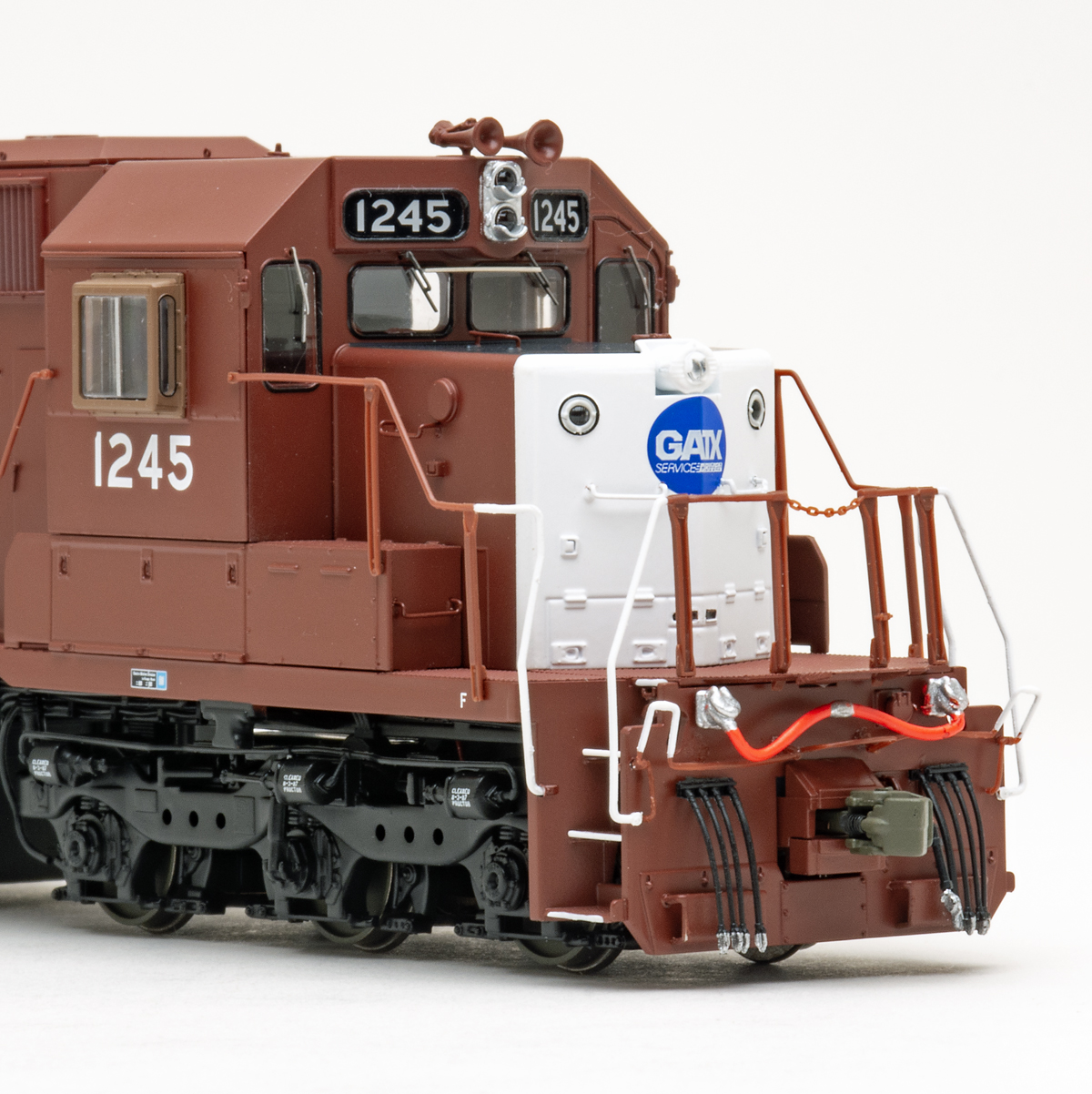
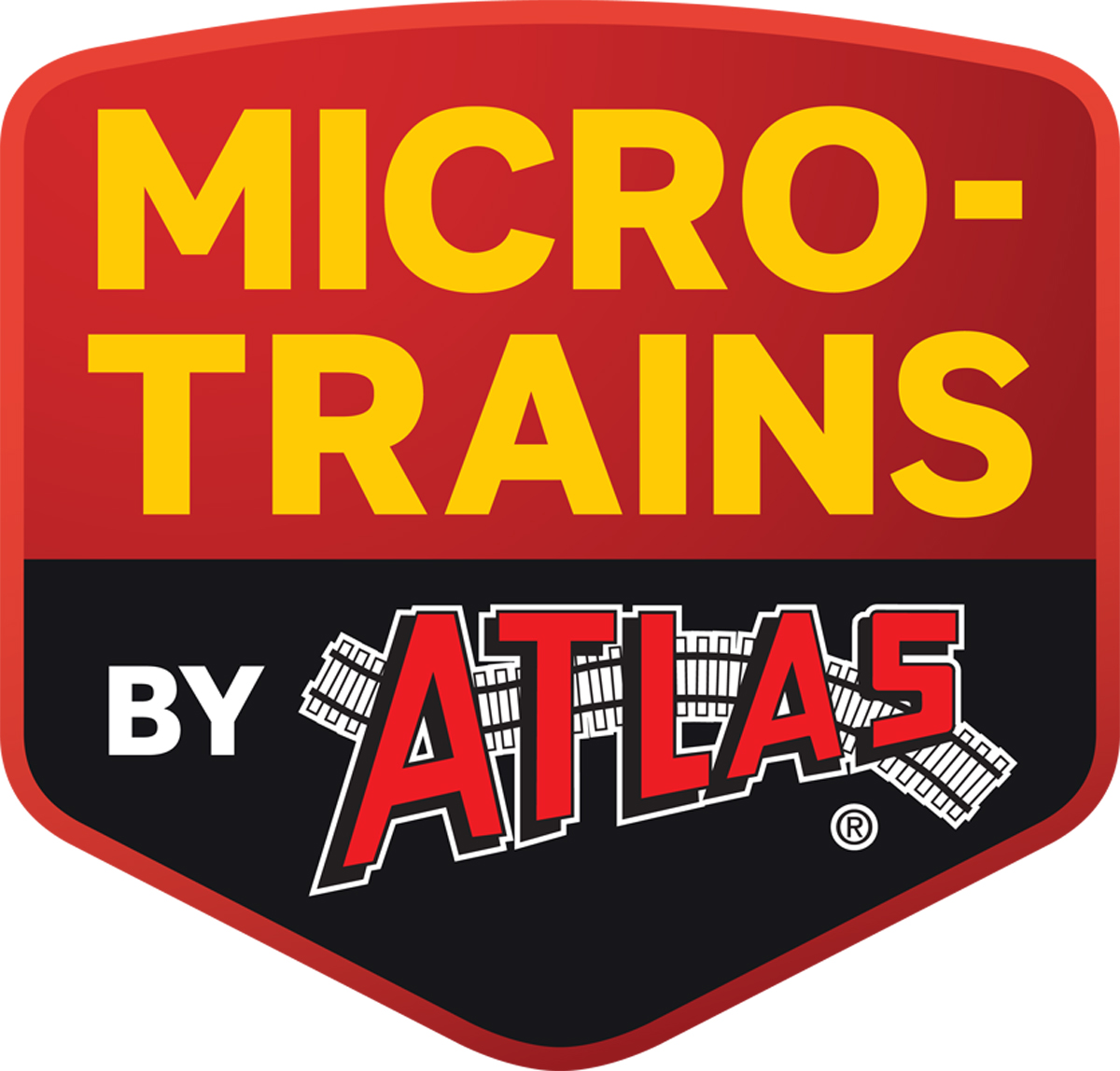
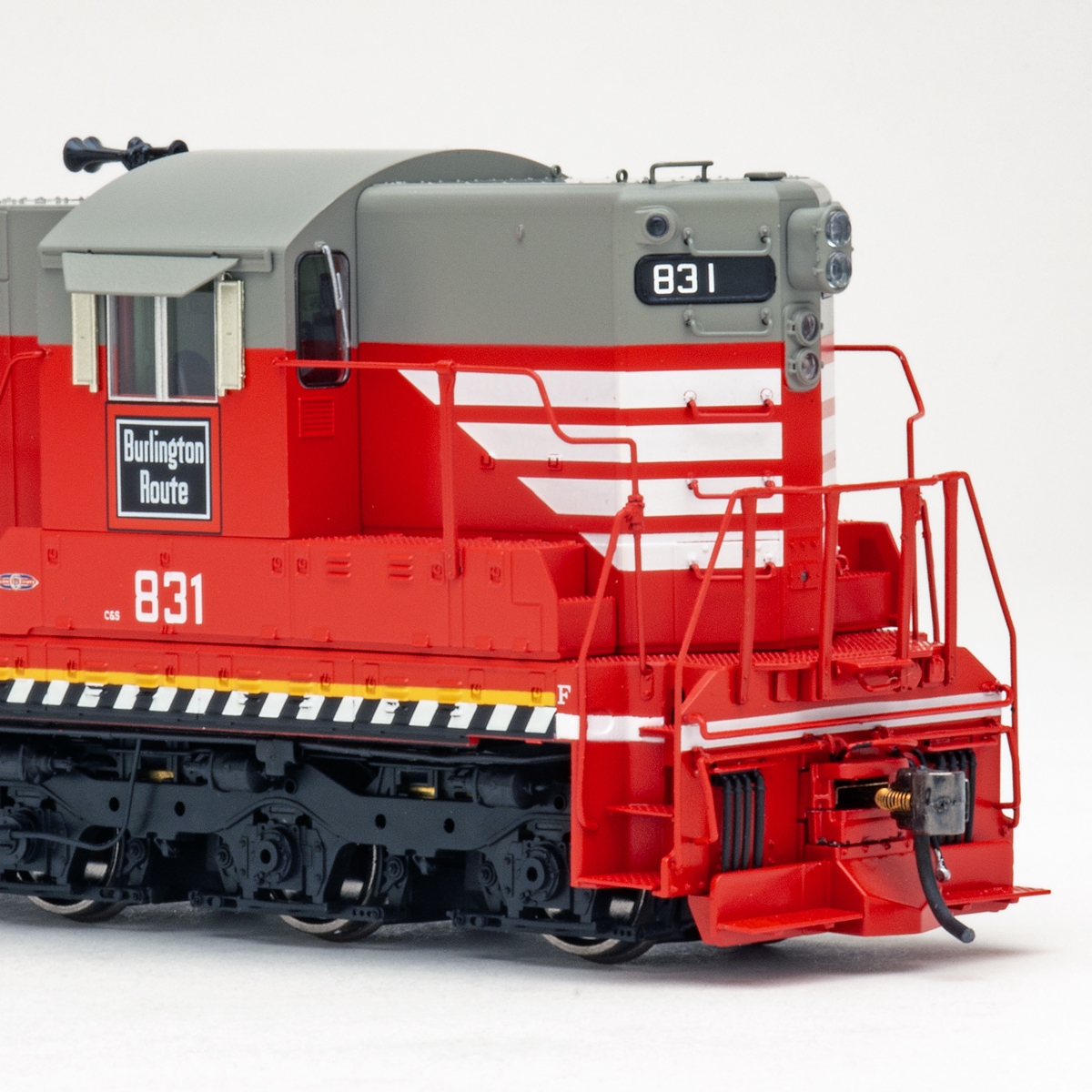
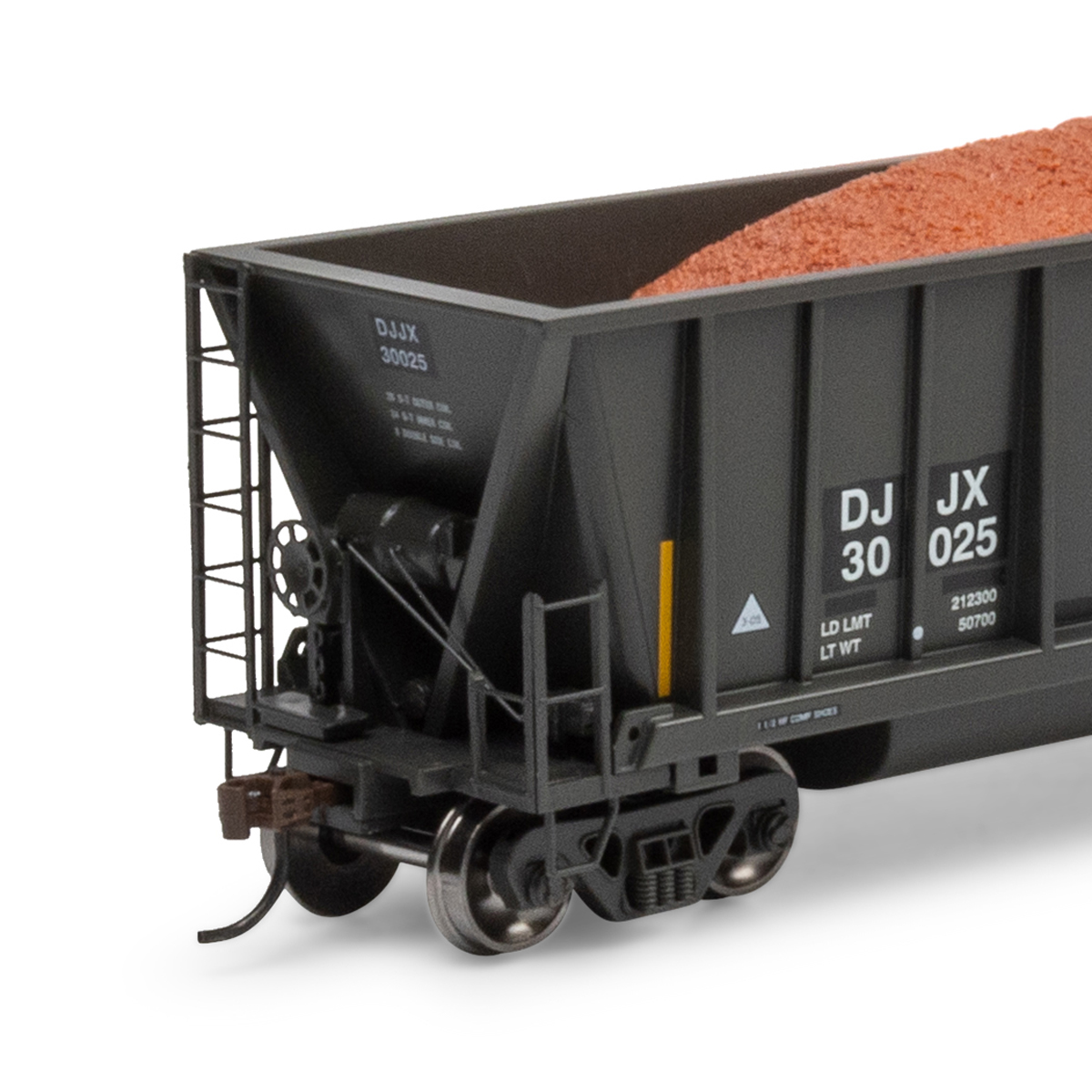




Re: Cleaning airbrush – I use a Binks “B” tip single action external mix airbrush which I acquired by some bartering back in the mid-70s. I’ve tried double action brushes and simply do not care for them, the Binks does everything I want/need in this hobby.
I clean my brush with Berryman’s B-12 ChemTool, a carburetor cleaner, which I get from O’Reilly”s Auto Supply. It cleans out everything without a real need to disassemble the brush, though it do so at the end of a session. I once had to store everything away for about 9-10 years due to some career constraints. When I pulled the air brush out to start back to painting, I ran about ¼ ounce of the B-12 through the brush and dried it and went to painting; it worked just like new. Well, almost ….. during the down time, Floquil, etc., paints disappeared and now there was nothing but acrylics to use. THOSE took some re-training on painting (HA!) but soon even those became second nature. btw, I use acrylic craft paints thinned 50-50 with cheap blue windshield washer fluid to the consistency of 2% milk and get excellent, smooth, opaque finishes and, like I said above, the clean-up is quick.
FWIW and IMO, of course.
I wish I found my “good enough” earlier in life instead of waiting 50 years. Now it is much more fun accepting my results. Thank you for sharing your insights.